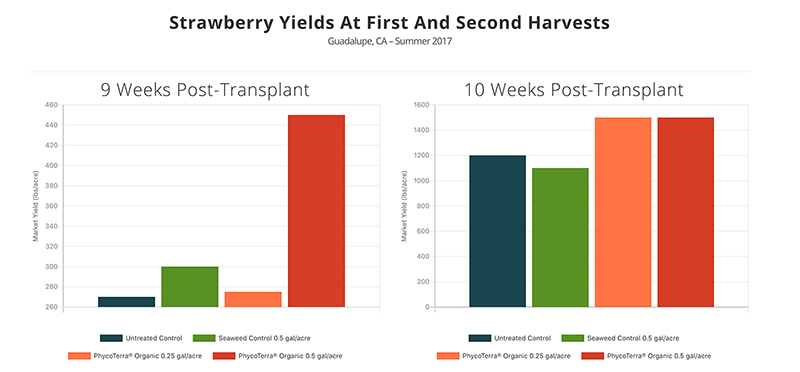Several Severe Winters Causing Crown Gall Concerns
Although this past winter may be considered more mild, severe cold the two winters prior in the Midwest and Northeast have increased concern for crown gall, a disease that can cause total vine collapse. But there are methods to prepare for and remedy losses, a Penn State University Extension specialist says.
Vines already weakened from winter injury can lead to an increased susceptibility for crown gall, and if the crown gall bacterium, Agrobacterium vitis, is present, it can make the vines incapable of repairing themselves.
“What’s happened is there has been injury to the trunk, the crown gall bacterium is in the vine and it has transferred some of its genetic material to some of the injured plant area,” says Bryan Hed, a research technologist in plant pathology at Penn State University. “Instead of replacing vascular tissue, it is basically generating non-functional cells to replace that injured area.”
Like cancer, those non-functional cells form tumors that look bulbous at the base of the trunks. In spring, growers might notice white callous tissue at the base that will eventually turn green or brown and finally dark brown or black.
Since the vines are creating these useless cells, they are not repairing vascular tissue damage, and the vines will eventually collapse.
Hed says growers can protect vines by mounding soil at the trunk bases.
“It’s kind of the last thing you do before you go into winter and let things rest for a while,” he says.
If vines are infected, Hed suggests removing those galled trunks and allowing new shoots to grow up and develop new trunks. A multi-trunk system can increase the odds that at least one trunk will survive the damage and produce a partial crop while the renewal process is underway.
“It kind of softens the blow financially for a little while,” Hed says.










